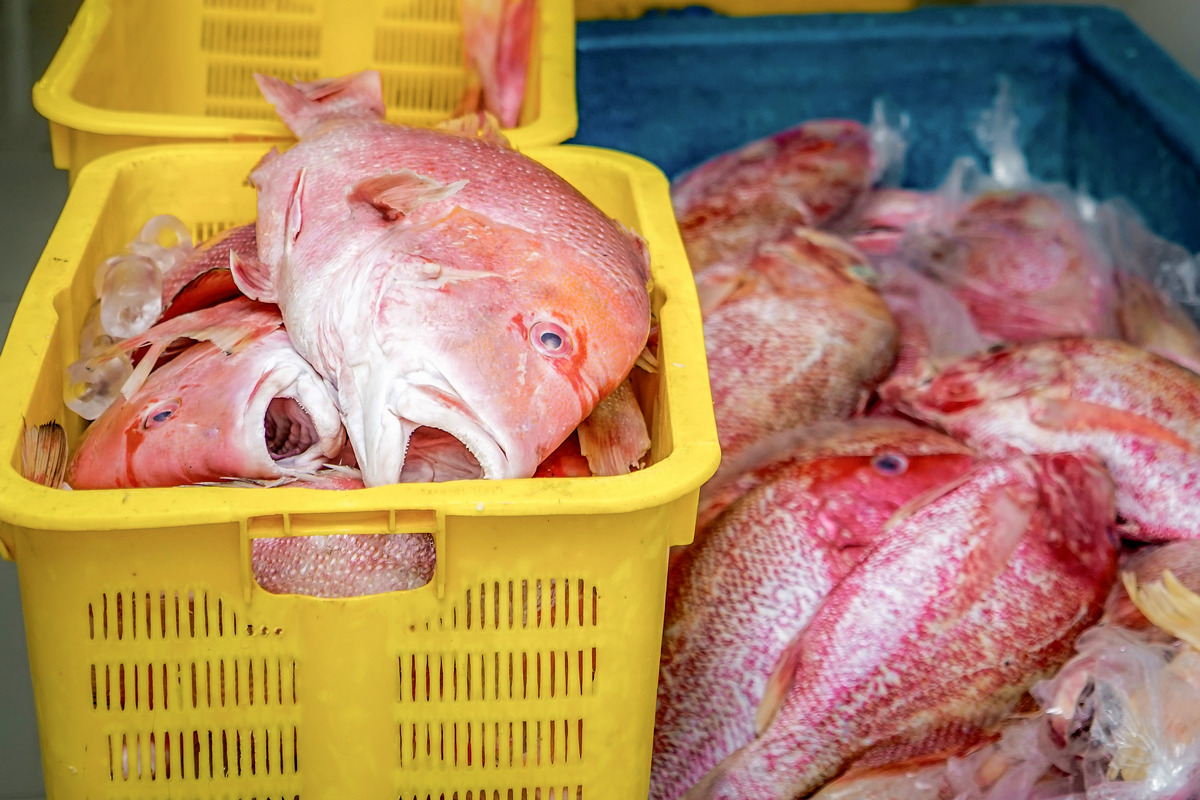The Arafura region is home to a great number of red snapper fisheries. Though they differ in size, most of them have high rates of catch in common. To regulate fishing practices and avoid over exploitation of marine resources, it is essential to have a policy that regulates existing utilisation patterns. This can be achieved through a Harvest Strategy approach.
Arafura waters are one of the primary fishing areas for red snapper commodities in Indonesia; the region is home to a third of all demersal fisheries in the archipelago and supplies the needs of both domestic and international markets, such as the US and China, with produce worth an estimated US$200 million per year.
The high value of red snapper commodities encourages high utilisation. In Arafura waters, there are at least 482 vessels fishing for red snapper, with around 15% comprising small-scale fleets that come from various regions across Indonesia and supply at least 48 fish catching and processing companies nationwide. This continues to encourage the high utilisation rate of several types of red snapper, including juveniles, which threatens the sustainability of red snapper fishery stocks in Arafura waters.
International market demand is also not limited to large sizes; plate-sized commodities have become the ‘golden size’ expected by buyers, which in turn exacerbates the utilisation rate of immature red snapper. Without fisheries policy in place to regulate catch size, these stocks will continue to decrease in the Arafura area.

The GEF/UNDP/PEMSEA ATSEA-2 Programme, as a partner of the Fisheries Research Centre (FRC) from Ministry of Marine Affairs and Fisheries (MMAF) and together with the Nusantara Nature Conservation Foundation (YKAN), supports the need to develop a Harvest Strategy in the Arafura region. The first step is developing a policy paper on red snapper status. On 30 September 2021, this was discussed internally within the Fisheries Research Centre, at a meeting facilitated by the ATSEA-2 National Coordination Unit (NCU) of Indonesia. This meeting also recommended developing a research team to harmonise and verify the data and information of the red snapper to support the analysis from multiple sources. This initiative offers supportive decision making in its approach to fisheries management, referencing stock levels or management units aimed at catch management for sustainable fisheries in order to help keep stocks maintained.
ATSEA-2 is committed to sustainable utilisation of resources such as red snapper, through the implementation of integrated concepts. Through the Harvest Strategy, it is hoped that all government partners – such as NGOs, academics and business actors – who have data and information related to red snapper, can be compiled and standardised. This will involve detailed analysis and decision making by managers, taking into consideration the ecological, social and economic aspects when making arrangements. These can then be finalised and implemented in support of sustainability for red snapper resources in these waters.
(Dwi Ariyoga Gautama)


